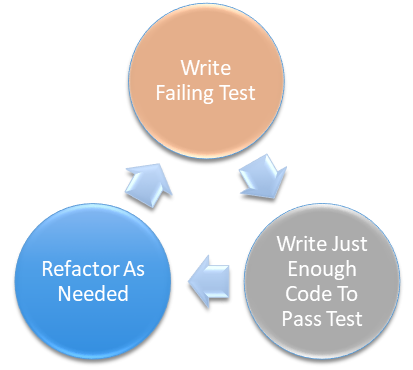Sprint Planning: The 60/40 Split
2-4 hours of Sprint planning for each week of a Sprint should yield 60% of delivery team tasks necessary to complete a user story defined and documented prior to the Sprint
The 80/20 Commitment
The average agile team incurs 10-30% technical debt in each Sprint. Mature teams closer to 10% newer Agile teams closer to 30%. Commit the team to 80% instead of 100% of their capacity leaving 20% spare team capacity to pay down technical debt during the sprint
The 20% Planning Cushion
Whatever your team’s commitment in a Sprint plan 20% over that commitment in case you work more efficiently than expected. For example if your team’s Velocity is 100 story points per Sprint and you follow the 80/20 Rule committing to only 80% of capacity you Sprint commitment would be 80 story points therefore you should plan to the task level 100 story points or 120% of your Sprint commitment. That way if you finish all stories or a story is blocked before the end of the Sprint there are additional stories with detailed plans already available to pull into the sprint backlog
The 20/20 Epic Check
If a user story has more than 20 acceptance criteria statements (written in gherkin format) or it has more than 20 delivery team tasks than it’s probably am Epic masquerading as a user story. An Epic is to large and complex to be completed in a single Sprint and should be broken down and into multiple smaller user stories
Lighting brings the team together
In order to get good cross-functional team input we should invite all even loosely related team members to our Agile Planning meetings. The problem tends to be that those team members do not want to sit around for hours listening to developers and testers talk about User Stories that are not relevant to their job role or assigned tasks. A “Lightning Round of Planning Poker can solve this problem. In the Lightning Round we spend no more than 3 minutes on each User Story just validating the Product Owners original story point estimation for the story and that the Acceptance Criteria is sufficient to build good tests and most importantly to get input from all parties that will interact with the modules before deployment. Spending 3 minutes or less on each story ensures that each story will be discussed briefly usually within the first 30 minutes of the meeting. That means that the loosely related teams members get a brief overview of all stories to be completed in the coming sprint as well as give their input about the stories that require their input.
Bonus Rule:
The Rule of Focus (AKA the 3/15/60 Rule)
The average information worker is interrupted or switches tasks every 3 minutes. Once interrupted it can take anywhere from 15 minutes to an hour to regain optimal levels of productivity.
Made my flight with minutes to spare! Road Warrior!!
Publishing from the plane at the gate



What problems